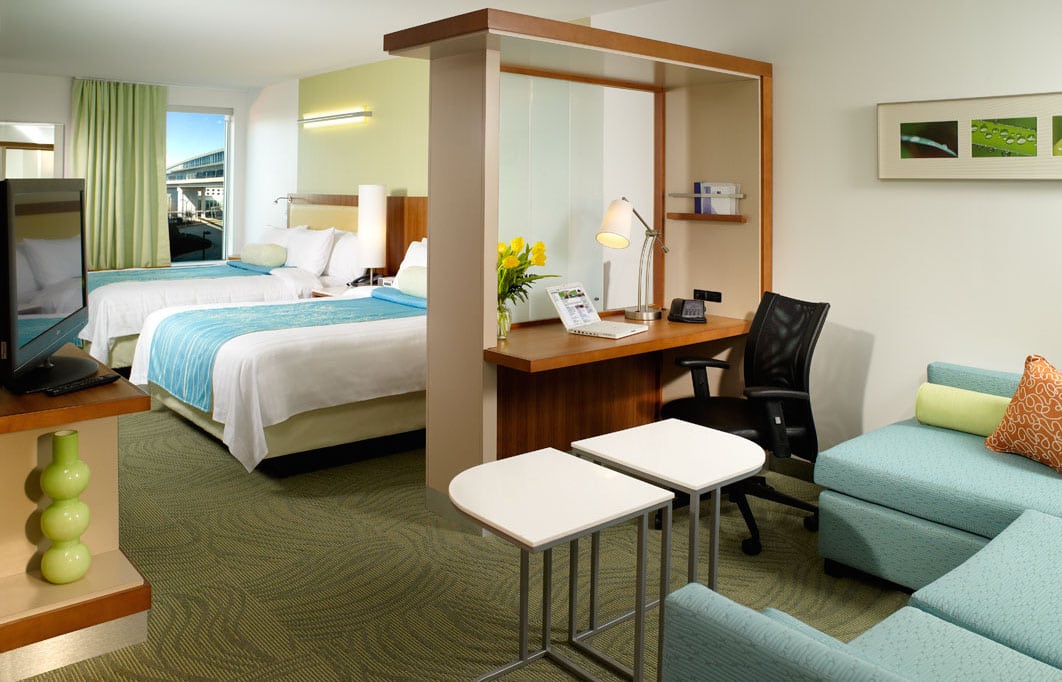Skift Take
We're interested in what the effect of the materials used in the building of these hotels contribute to properties' long-term maintenance and upkeep.
Hotels want to save energy and be environmentally-friendly whenever possible, but their test is to do this and make money from it.
Cornell’s School of Hotel Administration (SHA) demonstrated this is possible, even though hotel Leadership in Energy and Environmental Design (LEED) certifications are declining.
Twenty-nine U.S. hotels received U.S. Green Building Council LEED certifications in 2010, with 18 getting certified in 2012. The decrease in certifications demonstrates the uncertainty hotels have with the LEED program, namely its potential to cut energy costs.
In its report, Cornell compared 93 newly-certified LEED hotels to 514 non-LEED competitor hotels in the U.S. While LEED hotels experienced higher revenue per available room (RevPAR) during the first year of certification, after the first year RevPAR began to decline.
The research shows hotels that are 100% LEED certified actually brought in less RevPAR and had higher average daily rates than those that weren’t fully certified. RevPAR ranged from $111 to $208 for hotels with Platinum, Gold, and Silver ratings.
With these numbers, hotels are likely questioning if achieving full certification is worth it, and it’s unclear if full certification will prove profitable long-term.
The average daily rate (ADR) at LEED hotels also rose during the first year of certification and then fell. Still, the ADR and RevPAR of LEED hotels are $20 and $10 higher than non-LEED hotels, respectively. The occupancy rate at LEED hotels also plateaued after the first year, hovering around 65%, while non-LEED hotels had a higher percentage of occupants at about 70%.
“This difference is surprising considering the importance of cost competiveness in the U.S. hotel industry. Many hoteliers have difficulty justifying higher rates to price-conscious customers, and yet these LEED hotels were able to collect a substantially higher rate than their non-LEED competitors,” according the report authored by Rohit Verma, SHA’s associate dean for academic affairs, Suresh Muthulingam, assistant professor of operations management, and Matthew Walsman, a graduate student in operations management.
Of the 93 LEED hotels that were part of the study, the geographic split between urban or suburban areas was even at 35% each. At 46%, hotels with 75-149 rooms are the largest percentage in the size category, and franchise hotels accounted for the largest percentage of LEED properties at 41%. Only about one percent of LEED hotels are considered “economy,” with the majority being upscale or luxury properties.
Have a confidential tip for Skift? Get in touch
Tags: eco-friendly
Photo credit: SpringHill Suites Atlanta Airport, which is a certified LEED property. Marriott International
